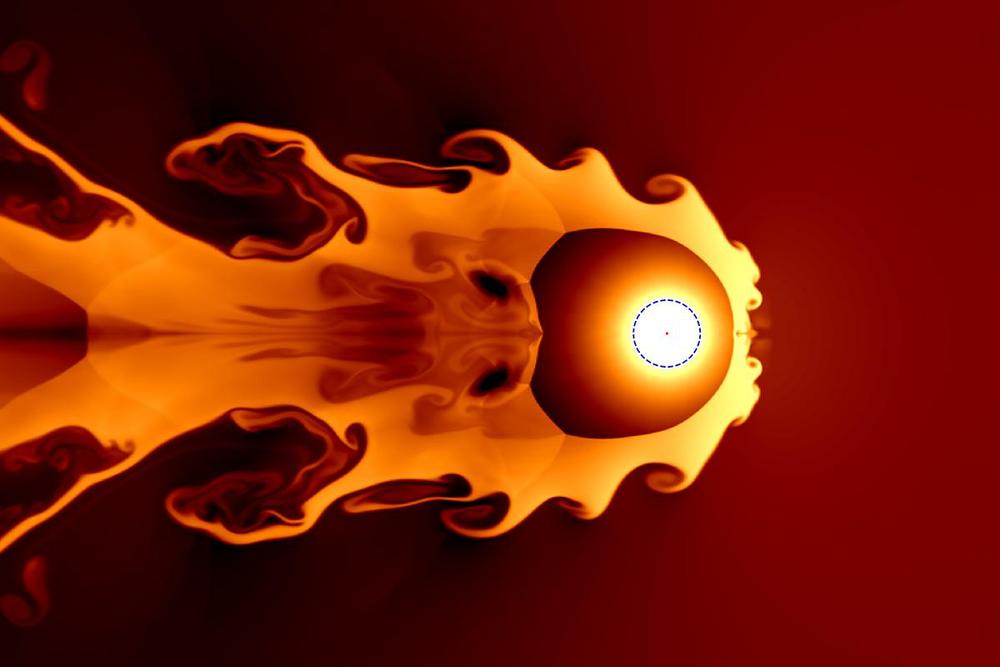
Researchers at Oxford University, in collaboration with DeepMind, University of Basel and Lancaster University, have created a machine learning algorithm that interfaces with a quantum device and ‘tunes’ it faster than human experts, without any human input. They are dubbing it “Minecraft explorer for quantum devices.”
Classical computers are composed of billions of transistors, which together can perform complex calculations. Small imperfections in these transistors arise during manufacturing, but do not usually affect the operation of the computer. However, in a quantum computer similar imperfections can strongly affect its behavior.
In prototype semiconductor quantum computers, the standard way to correct these imperfections is by adjusting input voltages to cancel them out. This process is known as tuning. However, identifying the right combination of voltage adjustments needs a lot of time even for a single quantum device. This makes it virtually impossible for the billions of devices required to build a useful general-purpose quantum computer.


















